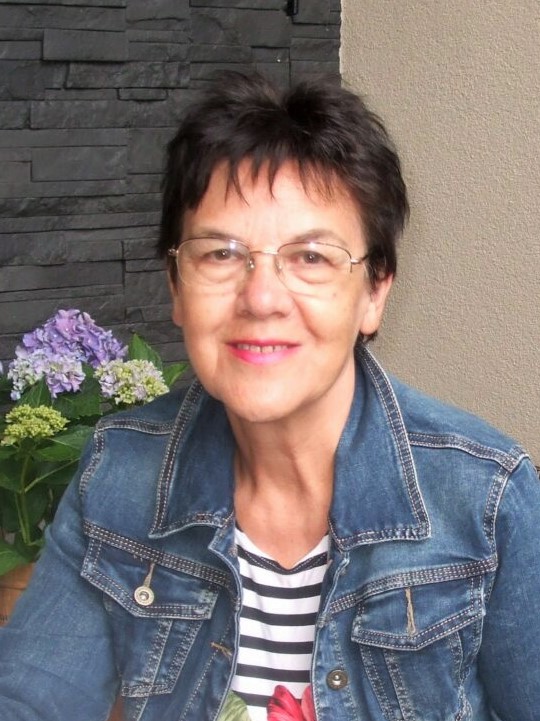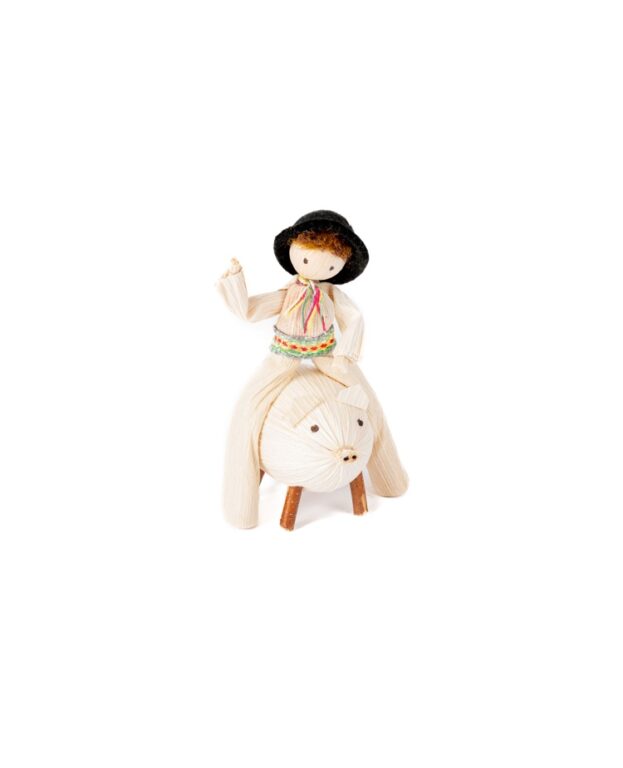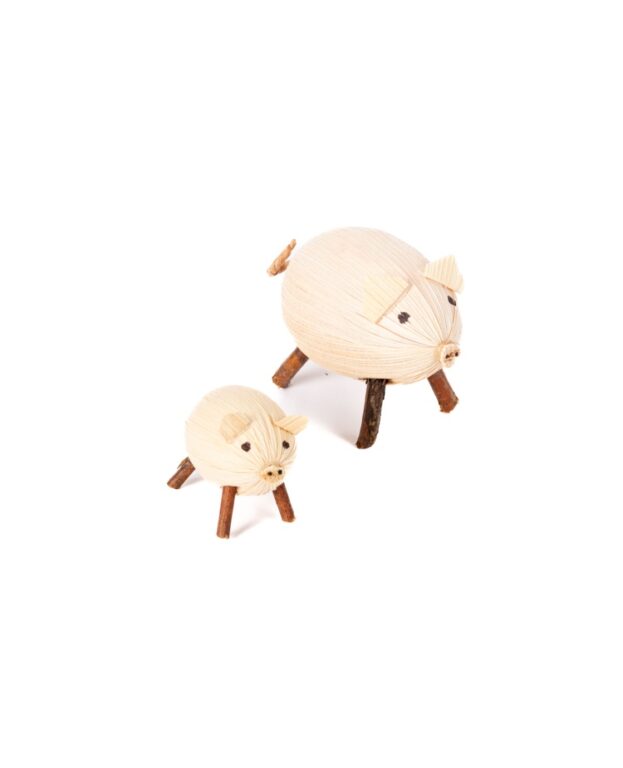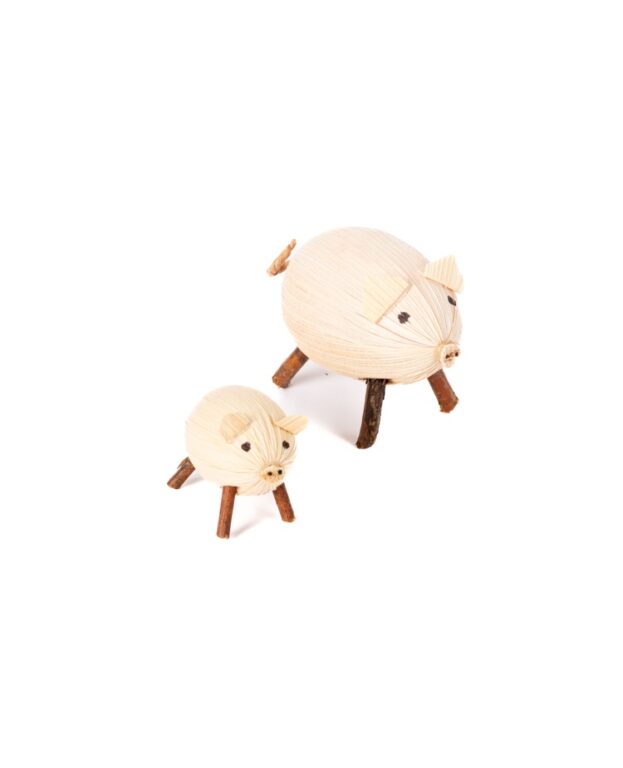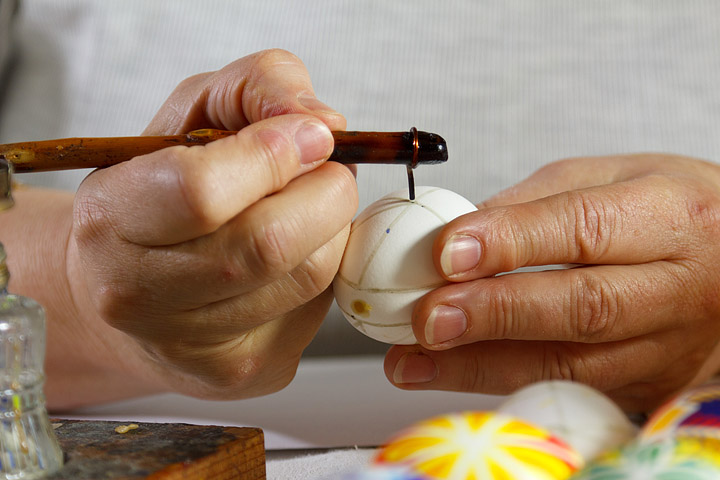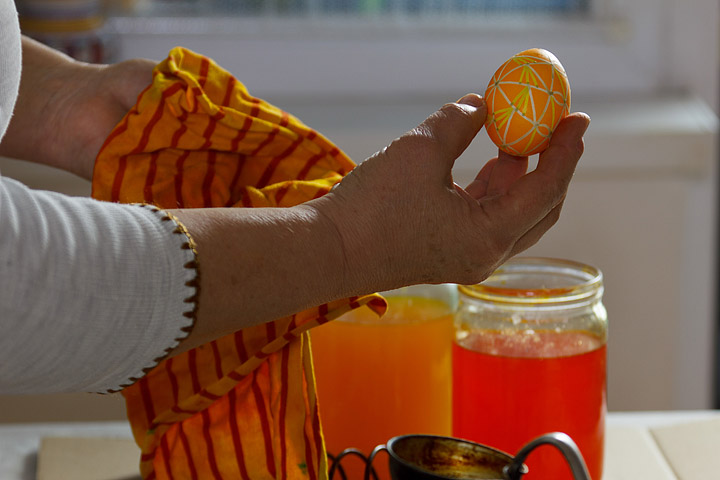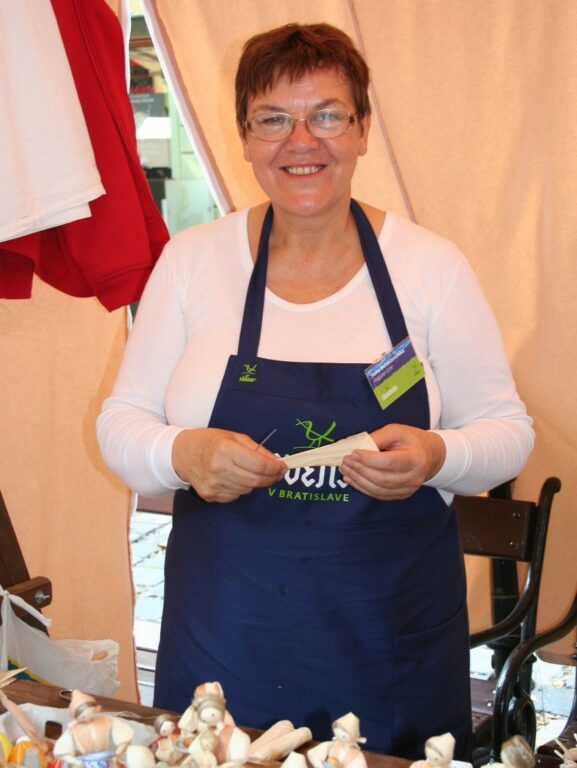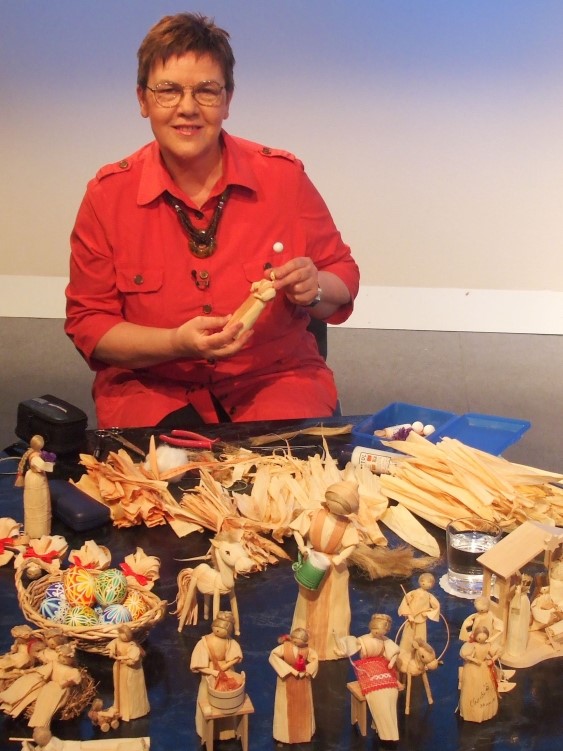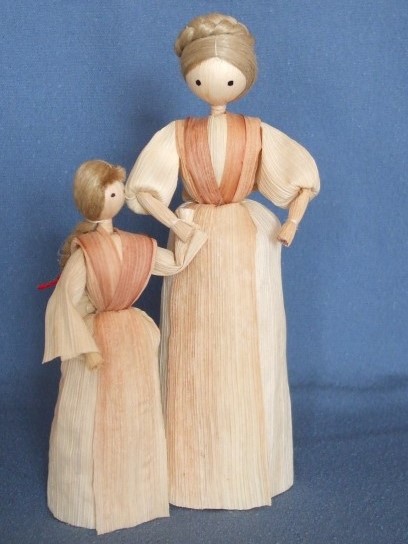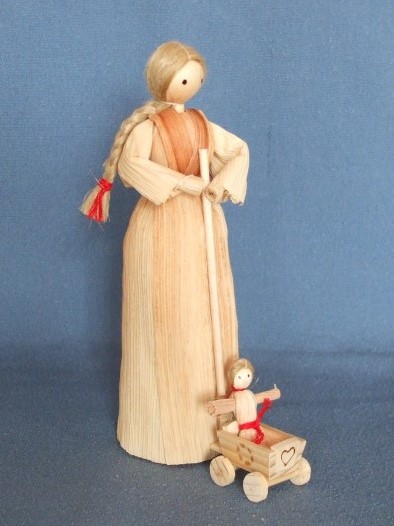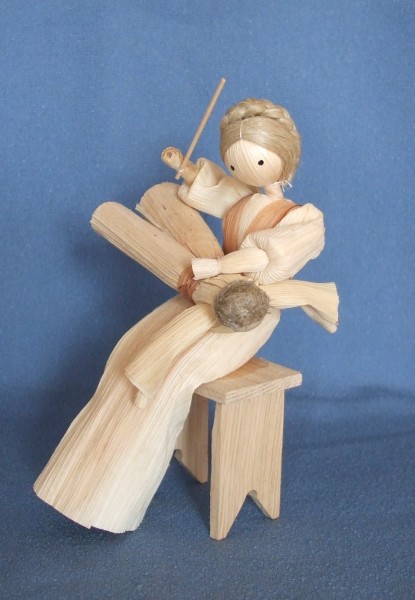As a girl, she had a suitable environment at home for creating - her father painted pictures, her sister studied art education, another sister was a seamstress. And so, she constantly drew and also enjoyed knitting and sewing on a sewing machine. Following her sister's example, she also decided to study the pedagogical direction of art education. She came across...
As a girl, she had a suitable environment at home for creating – her father painted pictures, her sister studied art education, another sister was a seamstress. And so, she constantly drew and also enjoyed knitting and sewing on a sewing machine. Following her sister’s example, she also decided to study the pedagogical direction of art education.
She came across the tradition of making Domaniža Easter eggs and their batik with wax three times. At the beginning were the Easter eggs of the mistress Štefánia Dudáková from this village in 1982, which she donated to the husband of Sonja Belokostolská when he photographed them for a poster. Every year, their residence was adorned with Easter eggs during Easter, and she developed a desire to learn more about them. The opportunity arose in the spring of 1993 when she attended a three-hour course with Mrs. Dudák in Domaniža. Here she learned the technique and basic tools used in this method of decoration and was able to further develop these basics in the summer of the same year at a two-week course with this great mistress. Here she learned that each pattern on a Domaniža Easter egg, which by the way is not painted but written (according to the shape of a pipe pen), has its own name, and there are approximately a hundred different ones. And also, the principle of using the four basic colors (yellow, red, orange, blue) used in this village to decorate the eggs.
“My first lines in the spring were shaky, incomplete, I held the pen for the first time in my life, didn’t know how to grip it correctly. But even then I received praise from Mrs. Dudák, I think for laying out the pattern. And during the summer, my clumsy wax lines slowly leveled out, I changed my grip of the tool. I constantly listened and noted everything the mistress said about colors and their combinations, about mistakes that can arise from improper ordering, about inserting cold colors between warm ones,” she remembers the beginnings under the guidance of Mistress Sonja Belokostolská.
Today, she is a mistress herself and keeps alive the old, unique technique of multicolored wax batik on Easter eggs, typical only for some regions of Slovakia. In addition to her own creations, she also taught this technique to children at a high school or at an elementary art school as part of art education classes. There is no student of hers who would not recognize the technique of decorating Domaniža Easter eggs in the pre-Easter atmosphere.
She enjoys situations where mistakes are made during decoration, and in the effort to save the egg, an alternative to the traditional pattern emerges, which ultimately becomes successful. The mystery and excitement of how the Easter egg will turn out are worth it. That’s why she usually works without pre-sketching or thinking through a motif, letting spontaneity guide her. The advantage is that many Domaniža patterns start out the same, and suddenly the design reveals itself during the creative process. However, she always makes sure not to lose the original Domaniža character. In this regard, she also considers the choice of egg type important, reaching for duck eggs at most, but mainly using hen’s eggs, as the thin line of the Domaniža pen (1.5 – 2 mm) gets lost on larger eggs. A separate chapter is the coloring. As an art education teacher, she can experiment with colors, which is perhaps an advantage with Domaniža eggs, as the order of applying colors and knowing how each color behaves in interaction with another is extremely important in this almost alchemical process.
She started cooperating with ÚĽUV in 2009 and within two years, she was awarded the title of a mistress of folk art production in the field of making batiked Easter eggs. She is glad that the knowledge she gained from the great mistress due to her own enthusiasm can be passed on to young people, and that they, although the process of making Domaniža Easter eggs is long and demanding, show sincere interest in them.
She works on Easter eggs from Christmas to Easter, with a focus on working with leather lately, as the themes she captures are year-round. When working with leather, she tries to distinguish herself from other producers, who mostly depict people at work. She is more drawn to depicting families, women with children, children at play, later she came up with nativity scenes, and since 2014, she has also been making leather magnets. In her creations, she strives to maintain a pure, simple expression as much as possible.
